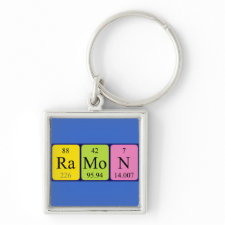
Authors: Basozabal I, Gomez-Caballero A, Diaz-Diaz G, Guerreiro A, Gilby S, Goicolea MA, Barrio RJ
Article Title: Rational design and chromatographic evaluation of histamine imprinted polymers optimised for solid-phase extraction of wine samples.
Publication date: 2013
Journal: Journal of Chromatography A
Volume: 1308
Page numbers: 45-51.
DOI: 10.1016/j.chroma.2013.08.002
Alternative URL: http://www.sciencedirect.com/science/article/pii/S0021967313012144
Abstract: This article reports on the computational design, development and application of a molecularly imprinted polymer (MIP) with specific affinity towards histamine. Computational modelling was used to screen a monomer library in order to select the monomers able to form the strongest complex with the target analyte. These were subsequently used for MIP synthesis by radical polymerisation initiated by UV. MIPs were then evaluated by liquid chromatography and solid phase extraction (SPE) and best MIP behaviour was observed when itaconic acid was used as functional monomer. Finally, after optimisation of the polymer composition, MIPs were used as adsorbents for SPE and clean-up of histamine in wine samples. The proposed histamine extraction method with the MIP-SPE cartridge was found to be reproducible ( <5% RSD) and accurate (93-99% recovery) and provided clear wine extracts. The described methodology is simple and fast and is suitable for the selective histamine extraction and its subsequent quantification by HPLC-DAD from complex matrices such as wine samples
Template and target information: histamine
Author keywords: MIPs, histamine, wine, SPE, HPLC-DAD



Join the Society for Molecular Imprinting

New items RSS feed
Sign-up for e-mail updates:
Choose between receiving an occasional newsletter or more frequent e-mail alerts.
Click here to go to the sign-up page.
Is your name elemental or peptidic? Enter your name and find out by clicking either of the buttons below!
Other products you may like:
 MIPdatabase
MIPdatabase









